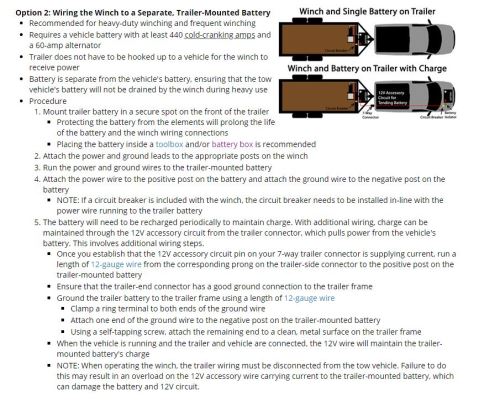

You should also regularly inspect the area for cracks or loosening.ĭamage of this type, usually resulting from cheap, poor quality products have wrecked many outback treks. Fasteners must be adequately sized and have large washers to spread the load across the panel work (such as an inner guard). No vehicle will endure a 15kg battery hanging from an inner mudguard with two small bolts or screws. No matter what, batteries hate heat, so batteries should be installed as far away as possible from hot engine components preferably on the cold side of the engine, opposite the exhaust. The fitment of an accessory battery tray can often be achieved by a competent handyman, although vehicle components – such as a power steering reservoir or an air-conditioner pipe – may require tweaking or relocation to provide space for a second battery tray. This means you need to pay extra attention to the wiring and battery type chosen. However, many vehicles – especially more recent models – don’t have spare room in the engine bay, so the second battery must be located elsewhere in the vehicle, such as in or under a load tray or in the passenger compartment.
Tow ready battery isolation solenoid plus#
For instance, most diesel Toyota Prados have two batteries, while petrol Prados have one plus a strong factory-engineered foundation for a second battery. It's currently pouring outside (no leaks!).Some 4x4 vehicles have pre-installed but unused locations ideal for second battery installation. If no to question 2, do I just buy the T-MAX kit, but instead of completely removing all of the wiring, just modify what I have (after disconnecting everything, cutting the positive to positive cable to include the fuses, connecting the two pieces to the solenoid, adding the monitor wiring)? Is there a way to utilize what I currently have - current wiring, current unused Stinger SGP32 - to achieve something similar to the T-MAX setup?ģ. Essentially, is this safe enough to park in my garage? (Rather ask a basic question that not.!)Ģ. How fearful should I be of the lack of fuses? I don't know what the odds are of a short (since the truck has been driven this way for a while), nor do I understand when a short is most likely. Other internet searches say some vehicles that come with dual battery setups from the factory don't have fuses either.ġ. I've read that if there is a short in a line, you want a fuse close to each end to avoid having a live arc welder in your hood, causing a fire, etc. There is also a line that runs from the aux positive back to the rear right of the car where there is a fuse box installed and a 12v port for a fridge.īack to my biggest concern: the lack of 200 amp fuses on each end of the positive cable connecting the two batteries. It looks like there is a connector broken off at one of the posts, but no positive cables running to it, no other cables running to it. but it has nothing save a ground wire coming off of it. There is a Stinger SGP32 200 Amp Battery Relay Isolator mounted near the aux battery. There is no solenoid that I can find, no battery monitor like the T-MAX kit, the positive red wiring goes down behind the ARB front bumper, and - my biggest concern - no fuses on the wire between the positive main and positive aux posts.

I think that's where the similarities end. The batteries are in the same location as the Klaus postīut.It's a dual battery setup somewhat similar to setup in the FAQs in that: Previous owner didn't do any of the electrical, the previous-previous owner did. To be clear: I know absolutely nothing about electrical, so I may say something a scared novice would say. Hello, I bought this 2000 LC this weekend as a secondary vehicle, an education platform for me and my family to begin wrenching (I have 2 kids under 7 that want to help), and for a weekend/vacation cruiser to the mountains and beach.


 0 kommentar(er)
0 kommentar(er)
